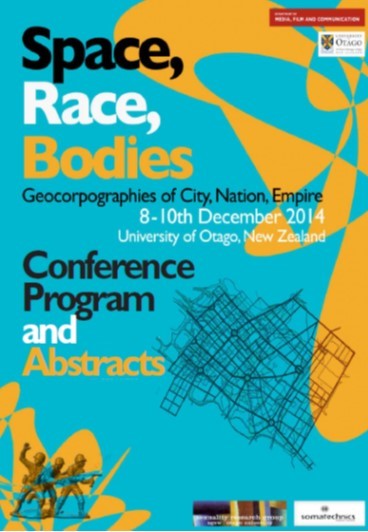
The Western Australia Government in June released draft amendments to the Aboriginal Heritage Act 1972. The legislation determines processes for qualifying and disqualifying Aboriginal sites and objects from state heritage protection. Expressions of support for the amendments have come from resource companies and related associations, but many more expressions of concern have been submitted to government by Aboriginal groups and broader organizations. The concerns are clustered around the amendments’ disempowerment of Aboriginal people in favour of a senior bureaucrat, who could declare unilaterally – without reasoning or review – “there is no Aboriginal site on the land”. This radical shift in authorization through the proposed amendments comes after Aboriginal groups cited state recognition of Aboriginal heritage while facing police contingents in the north and south of Western Australia. This paper examines how representations of indigenous rights can unify Aboriginal and non-Aboriginal people in spatial contests. It also investigates how authorized voices of popular media can work to divide supporters of indigenous rights from broader citizenry. This research is directed at furthering understandings of obstructions to recognition of indigenous rights in settler states.
 RSS Feed
RSS Feed